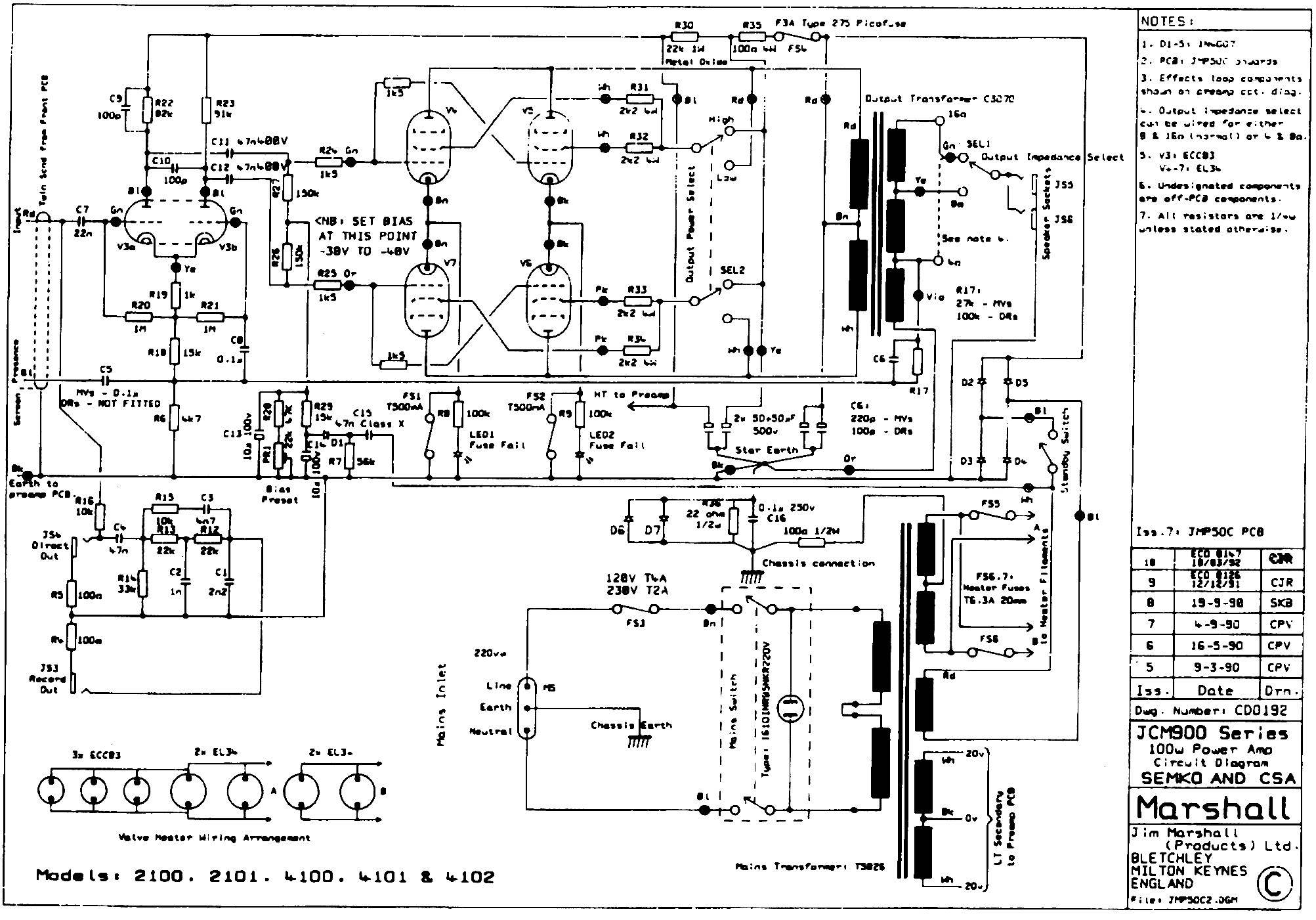Yes it's so much easier to be the leader of the opposition than to be the government. 
It's easy to jump in and say tsk tsk about what is being done wrong, it's a little different when you are the one trying to help the drowning man, with very little help from anyone else as has mostly been the case here.
With all due respect Stan, I have seen a lot of posts where you say what is being done wrong, or the right way that a "pro" would do it, but you are also opposed to novices doing their own repairs, as is the case here. Perhaps this is a good example of why they shouldn't, but some of us here refuse to refuse to help.

It's easy to jump in and say tsk tsk about what is being done wrong, it's a little different when you are the one trying to help the drowning man, with very little help from anyone else as has mostly been the case here.
With all due respect Stan, I have seen a lot of posts where you say what is being done wrong, or the right way that a "pro" would do it, but you are also opposed to novices doing their own repairs, as is the case here. Perhaps this is a good example of why they shouldn't, but some of us here refuse to refuse to help.



Comment